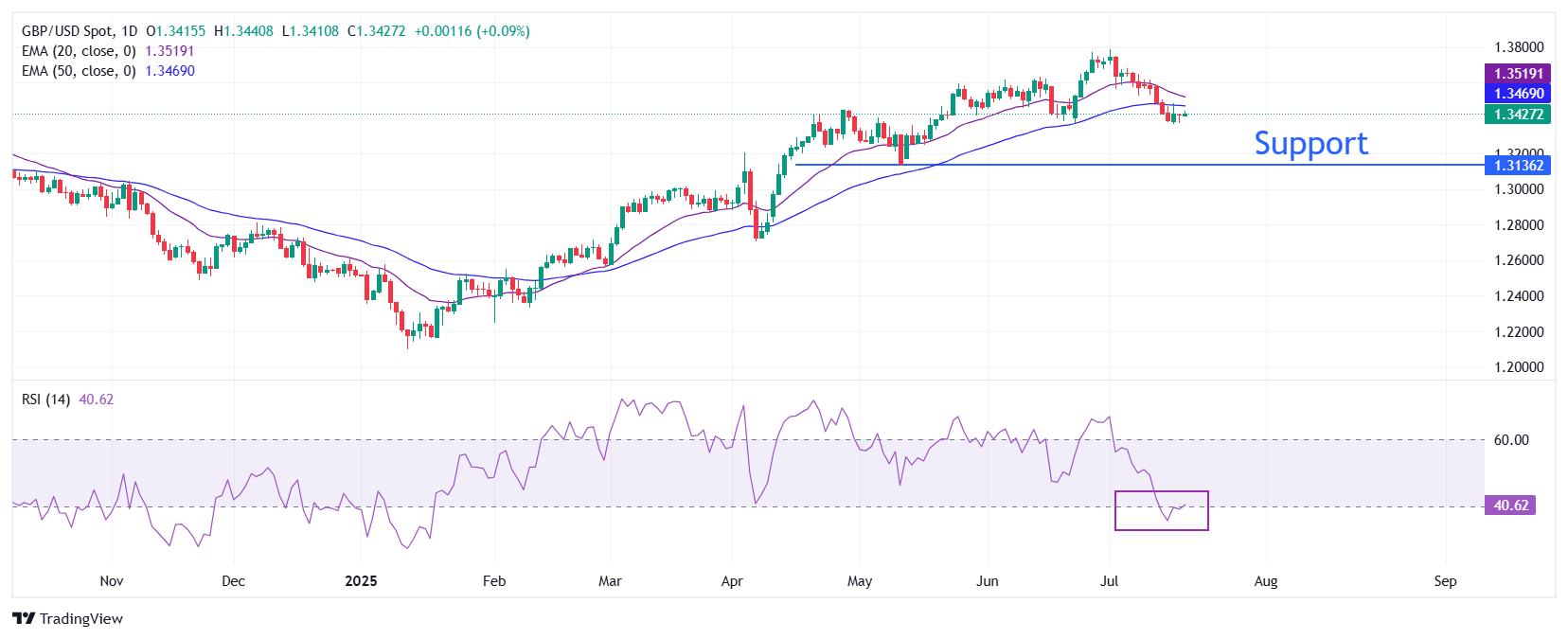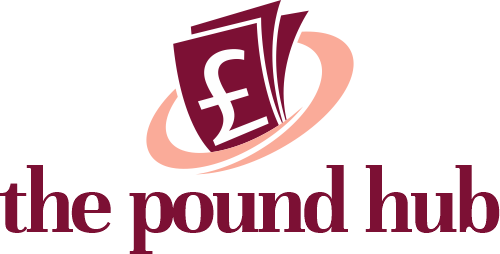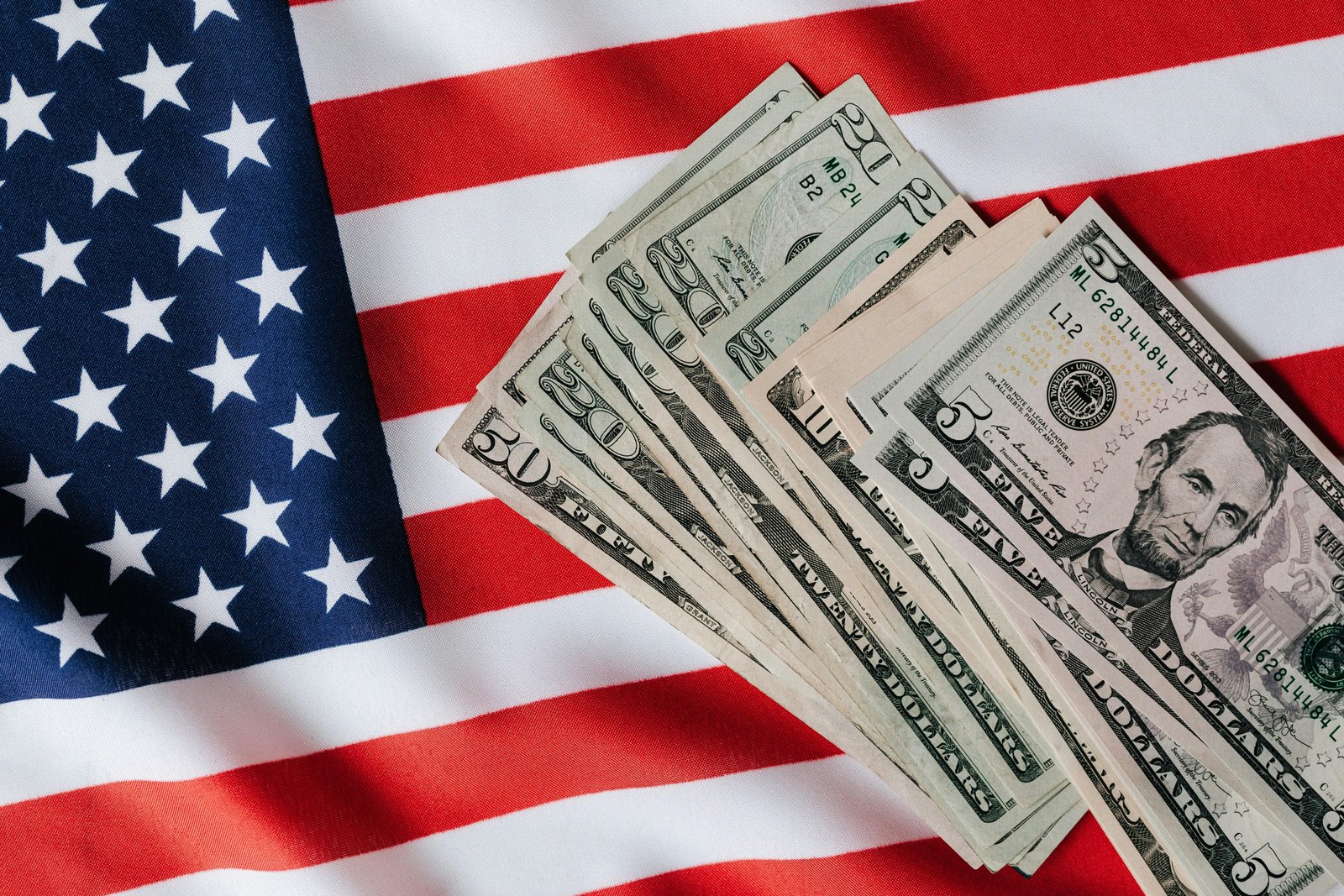- The Pound Sterling gains slightly against the US Dollar as the UK labor market cools.
- UK employers have adjusted their HR policies following an increase in contribution to social security schemes.
- Fed’s Governor Waller reiterates support for an interest rate cut in the policy meeting later this month.
The Pound Sterling (GBP) ticks up to near 1.3440 against the US Dollar during the European trading session on Friday. However, the outlook of the GBP/USD pair, which is set to close in the red for a third consecutive week, remains vulnerable due to growing concerns about the United Kingdom (UK) labor market.
The Office for National Statistics (ONS) reported on Thursday that the ILO Unemployment Rate accelerated to 4.7% in the three months ending May, the highest level seen since the quarter ending July 2021. The jobless rate has risen since April, when the increase in employers’ contributions to social security schemes announced by Chancellor of the Exchequer Rachel Reeves in the Autumn Statement came into effect.
Meanwhile, a less-than-expected drop in payrolls in the three months ending May suggests that labor market conditions are not as weak as they appeared. According to the employment report, the number of workers laid off was revised lower to 25K from prior estimates of 109K.
Average Earnings, a key measure of wage growth, grew almost in line with estimates. Rising jobless rate and easing wage growth suggest that employers are adjusting their labor policies to offset the impact of the increase in their social security cost.
Cooling labor market conditions should allow Bank of England (BoE) officials to argue in favor of reducing interest rates. However, this could be difficult at a time when inflationary pressures have accelerated significantly. The UK Consumer Price Index (CPI) report for June showed on Wednesday that price pressures grew at a faster-than-projected pace.
Daily digest market movers: Pound Sterling moves higher against US Dollar
- The Pound Sterling moves higher as the US Dollaras the former takes a breather after rallying in last two weeks. The US Dollar Index (DXY), which tracks the Greenback’s value against six major currencies, ticks down on the day but trades near an over three-week high, slightly below 99.00.
- The Greenback is buoyed as traders have pared Federal Reserve (Fed) dovish bets after the latest CPI data showed that tariffs are starting to show up in consumer prices.
- According to the CME FedWatch tool, the probability that the Fed will cut interest rates in the September meeting has fallen to 58% from the 70.4% seen a week ago. For July, the tool shows that the Fed is almost certain to leave interest rates steady in the range of 4.25%-4.50%.
- Market experts believe that inflation has started accelerating due to sectoral levies announced by US President Trump and that the effect could be even larger from August 1, when higher tariffs on several nations will become effective.
- The US CPI report for June also showed earlier this week that prices of goods that are largely imported have increased sharply. On Wednesday, New York Fed Bank President John Williams warned that tariffs could boost inflation by “one percentage point rest of 2025 into 2026”.
- Contrary to market expectations, Fed Governor Christopher Waller continued to argue in favor of reducing interest rates in the policy meeting later this month, citing concerns over the economy and job market, while assuring that the tariff impact will be limited and will fade next year. “The Fed should cut interest rates 25 basis points at the July meeting as rising risks to the economy and employment favour easing policy rate,” Waller said on Thursday.
Technical Analysis: Pound Sterling sees more downside below 1.3370

The Pound Sterling wobbles near the two-month low around 1.3370 against the US Dollar on Friday. The near-term trend of the GBP/USD pair is bearish as it trades below the 20-day and 50-day Exponential Moving Averages (EMAs), which trade around 1.3540 and 1.3470, respectively.
The 14-day Relative Strength Index (RSI) oscillates around 40.00, indicating a strong bearish momentum.
Looking down, the May 12 low of 1.3140 will act as a key support zone. On the upside, the July 11 high around 1.3585 will act as a key barrier.
Economic Indicator
ILO Unemployment Rate (3M)
The ILO Unemployment Rate released by the UK Office for National Statistics is the number of unemployed workers divided by the total civilian labor force. It is a leading indicator for the UK Economy. If the rate goes up, it indicates a lack of expansion within the UK labor market. As a result, a rise leads to a weakening of the UK economy. Generally, a decrease of the figure is seen as bullish for the Pound Sterling (GBP), while an increase is seen as bearish.







